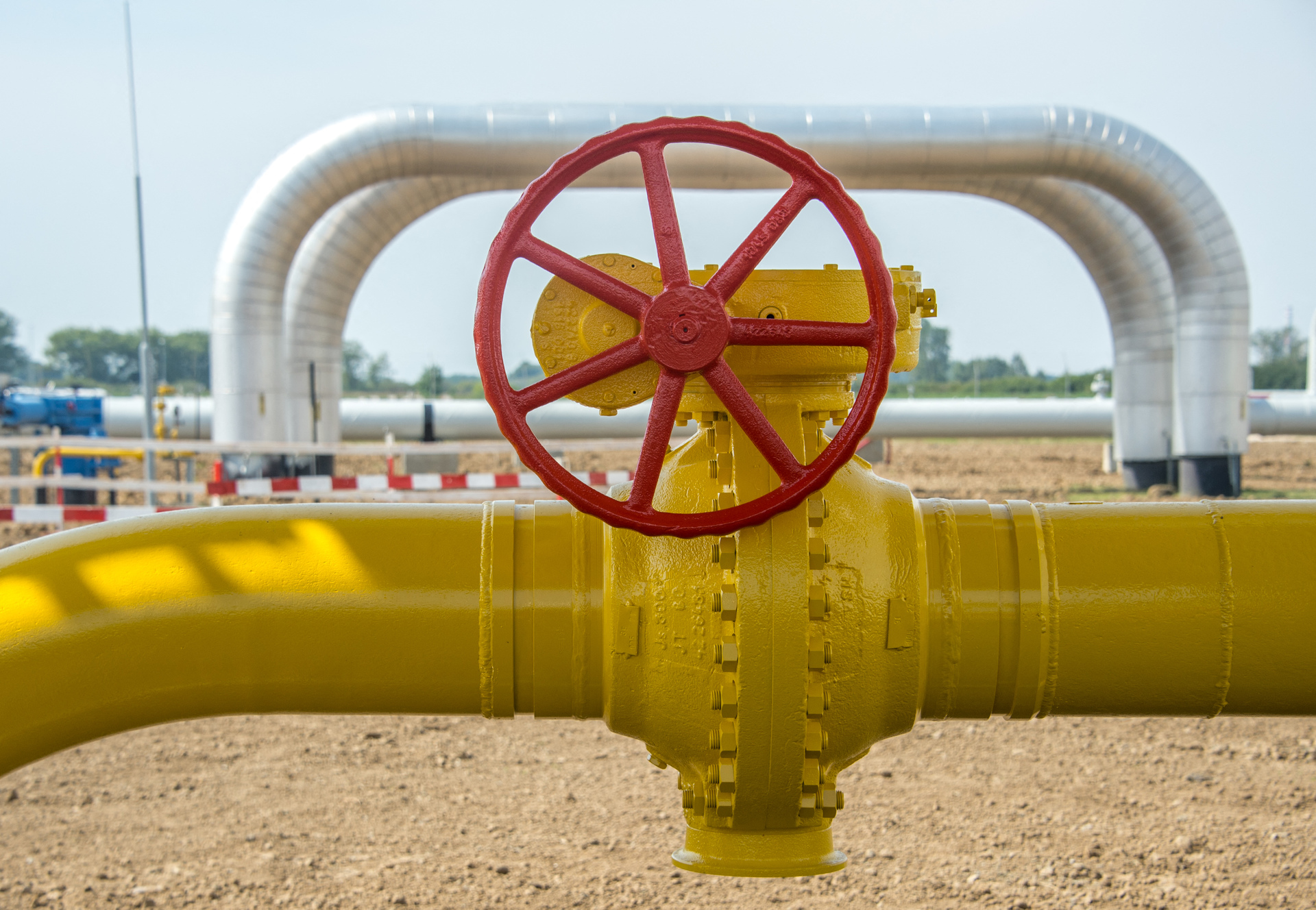On Tuesday, September 28, gas prices in Europe broke a historic record.
During trading on the ICE stock exchange, the cost of fuel rose by more than 12% - to € 85.8 per MWh, or $ 1.03 thousand per 1,000 cubic meters.
The value became the highest ever observed.
Since the beginning of September, gas in Europe has risen in price by almost 70%.
The observed dynamics is largely related to the depletion of fuel reserves in the countries of the region.
This opinion in a conversation with RT was shared by the expert of the Hamilton information and analytical center Anton Greenstein.
“Fuel consumption in Europe has risen sharply due to freezing winters and abnormal spring chills.
In addition, the hot summer played a role, when there was also an increased energy consumption for air conditioning, ”explained Greenstein.
At the moment, gas storage facilities in the EU and the UK are only 74% full in total, whereas exactly a year ago the value was close to 95%.
At the same time, for example, in Germany now the reserves amount to about 66%, and in the Netherlands and Austria - 55% and 52%, respectively.
Such data are provided by the Association for Gas Infrastructure of Europe (GIE).
Moreover, the gas shortage in the region continues to increase, said Natalya Milchakova, deputy head of the Alpari information and analytical center.
According to her, this is due to the fact that large suppliers of liquefied natural gas (LNG) are gradually redirecting their cargo flows to Asia.
“The growth in demand and prices for gas in China and the countries of Southeast Asia has led to the fact that it is more profitable for LNG suppliers to export gas not to Europe, but to Asian countries.
The United States does not help either, since it is also more convenient for American companies to sell fuel not to European partners, but to Asian countries, where prices now reach $ 1.5-2 thousand per 1,000 cubic meters, "Milchakova explained.
According to her, the current state of affairs testifies to the "complete failure" of alternative energy in Europe.
We are talking about the previously announced transition of the countries of the region to the use of renewable energy sources and the abandonment of coal.
“Amid drought and calm weather this summer, European wind farms have generated far less electricity than expected, and there are not enough solar farms to fill the gas shortage.
At the same time, in a number of EU countries, coal and nuclear power plants were closed for environmental reasons.
Now Europe, having forgotten about green energy, is already counting on coal, ”emphasized Natalia Milchakova.
According to experts interviewed by RT, the launch of Nord Stream 2 could stabilize the situation with gas prices in Europe.
However, the first deliveries of fuel via the pipeline may begin no earlier than 2022, said Russian Foreign Minister Sergei Lavrov.
AFP
© Joe KLAMAR
Thus, according to Anton Greenstein, Europe will approach the new heating season with a shortage of natural gas in storage facilities.
At the same time, fuel prices will remain volatile in the foreseeable future, the analyst said.
In his opinion, by the end of 2021, quotations may still slightly adjust - up to $ 800-850 per 1,000 cubic meters.
At the same time, according to Natalia Milchakova's assessment, in a negative scenario, the cost of gas can rise to $ 1.2 thousand per 1,000 cubic meters.
The current state of affairs risks hitting not only European energy companies, but also end consumers in the region.
This point of view in an interview with RT was expressed by the head of the analytical department of AMarkets Artyom Deev.
“A number of energy companies in Europe are giving up their obligations to supply raw materials to industrial enterprises and are shutting down.
There are already seven such organizations in the UK, and on the eve of the termination of contracts with its customers, Deutsche Energiepool in Germany announced.
These tendencies indicate the possibility of an energy crisis in Europe this winter, ”Deev said.
According to experts, the situation could turn into a series of bankruptcies among European energy suppliers.
Along with this, the region is already witnessing a record rise in prices for coal and oil, which together leads to an acceleration of inflation in Europe.
“Accordingly, the European Central Bank and regulators of countries outside the eurozone will have to tighten monetary policy earlier than planned.
Perhaps we will talk about the premature winding down of stimulus measures, which will be negatively perceived by the poor layers of the European population.
So, new political upheavals are not excluded, ”Natalya Milchakova suggested.

